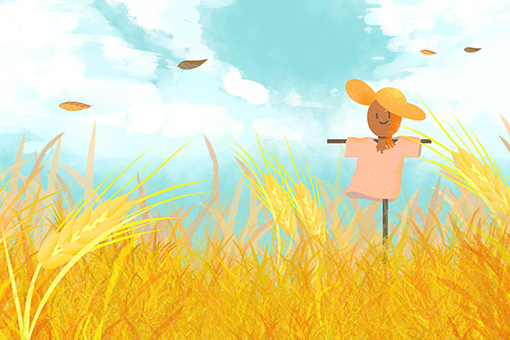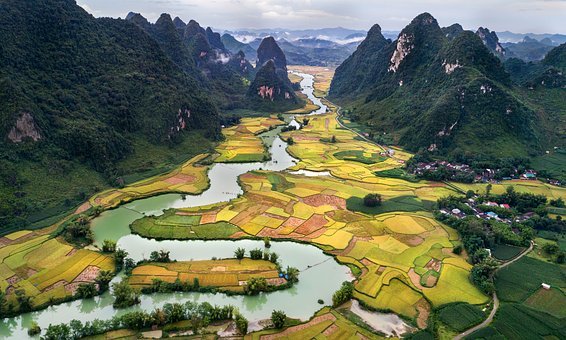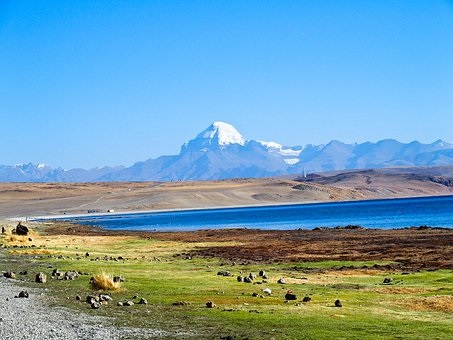For many practices, transmission is empathised, especially of the Vajrayana. What do we mean by transmission? It means since the first turning of wheel of dharma of the Buddha, the stream of dharma handed down from one generation to another is called lineage, or transmission, which is non-stop, if it’s broken, then the great blessing of the dharma will not continue. Thus, notwithstanding the existence of scriptures,without oral transmission and transmission of pith instruction, the dharma would be extinct.
~Depicted from LUMINOUS WISDOM BOOK SERIES












